13 Mulch Mistakes That Could Damage Your Garden’s Health
Mulching is an important step in maintaining a healthy garden. Many gardeners make simple mistakes that can harm their plants instead of helping them. Using the wrong type of mulch or applying it incorrectly can cause problems. These errors often go unnoticed until plants start to suffer. This article will highlight common mulch mistakes to help your garden thrive.
This post may contain affiliate links, which helps keep this content free. Please read our disclosure for more info.
Failing to Use Mulch in Your Garden

Not using mulch leaves your soil exposed to harsh weather and weeds. Without mulch, soil can dry out quickly and lose valuable nutrients. Mulch helps regulate soil temperature and keeps moisture in, which benefits plants. Skipping mulch means missing out on these important protective benefits.
Gardening without mulch also allows weeds to grow more easily, competing with your plants for resources. Mulch acts as a barrier, making weed growth less likely and easier to manage. It also improves the overall appearance of garden beds. Using mulch is a simple way to support plant health and garden beauty.
Applying Excessive Amounts of Mulch
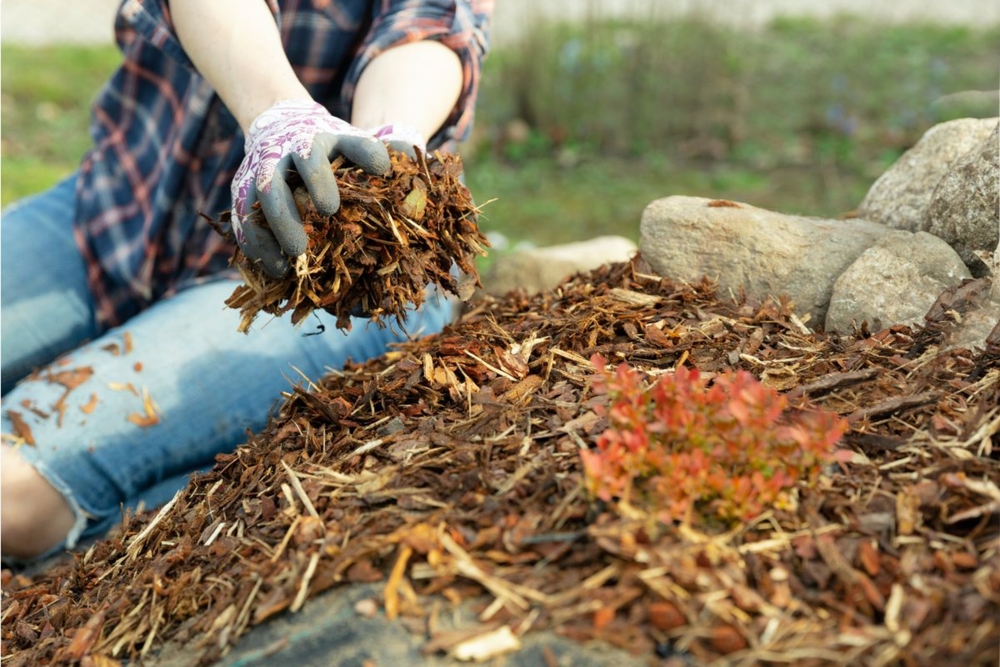
Using too much mulch can suffocate plant roots by preventing air and water from reaching the soil. Thick layers create a moist environment that encourages fungal growth and pests. It can also cause mulch to decompose slowly and form a dense barrier. Applying mulch in moderation is key for plant health.
A good rule of thumb is to apply mulch about two to three inches deep. Overdoing it may lead to root rot and other plant problems. Excess mulch can also attract unwanted insects like termites. Proper application supports healthy soil and plants.
Choosing the Incorrect Type of Mulch
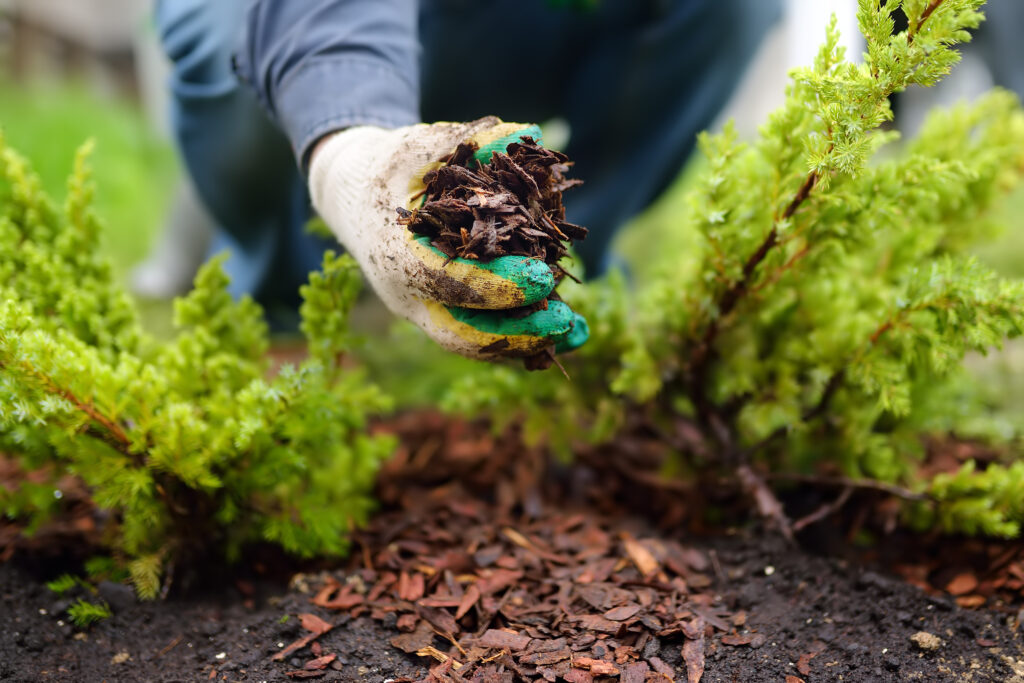
Not all mulches are suitable for every garden or plant type. Some mulches break down quickly, while others last longer and may change soil acidity. Choosing the wrong mulch can affect plant growth or fail to control weeds effectively. It is important to match mulch type to your garden’s needs.
Organic mulches like wood chips add nutrients to soil as they decompose. Inorganic mulches such as gravel do not improve soil but can control weeds well. Understanding the benefits of each type helps you select the best option. The right mulch supports both aesthetics and plant health.
Avoiding Volcano Mulching Practices
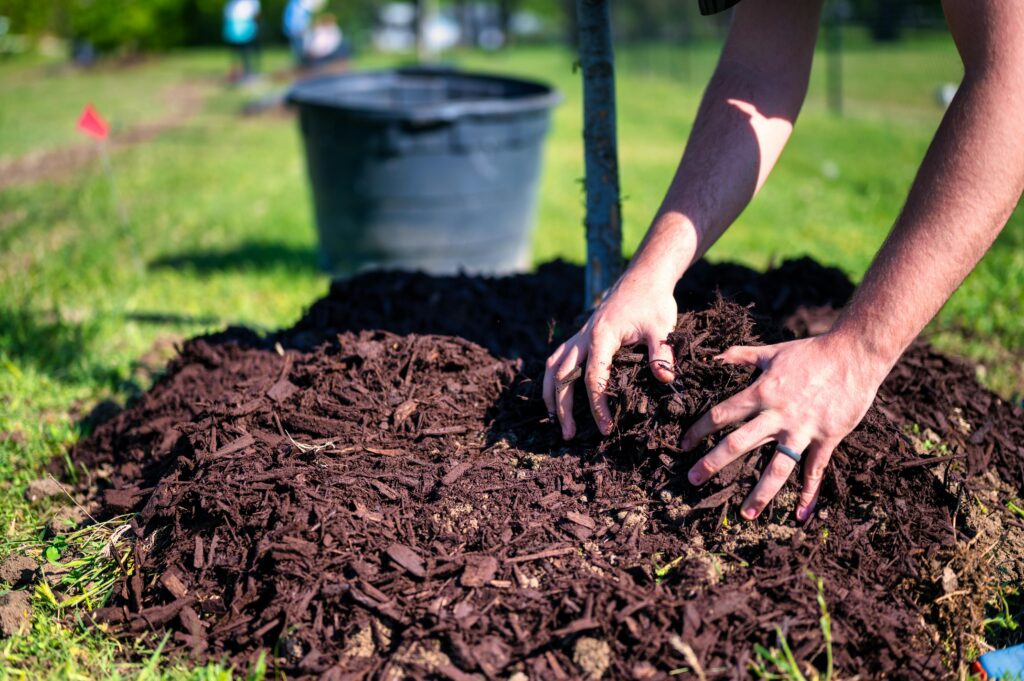
Volcano mulching happens when mulch is piled high around tree trunks, creating a mound that looks like a volcano. This practice traps moisture and can cause bark to rot or invite pests. It also restricts airflow to roots and can harm tree health over time. Trees need mulch spread evenly on the ground, not stacked around trunks.
Proper mulching keeps mulch a few inches away from tree bases. This prevents moisture buildup and allows roots to breathe. Removing excess mulch around trees encourages better growth and reduces disease risk. Following this simple guideline protects your trees.
Forgetting to Remove Weeds Before Mulching
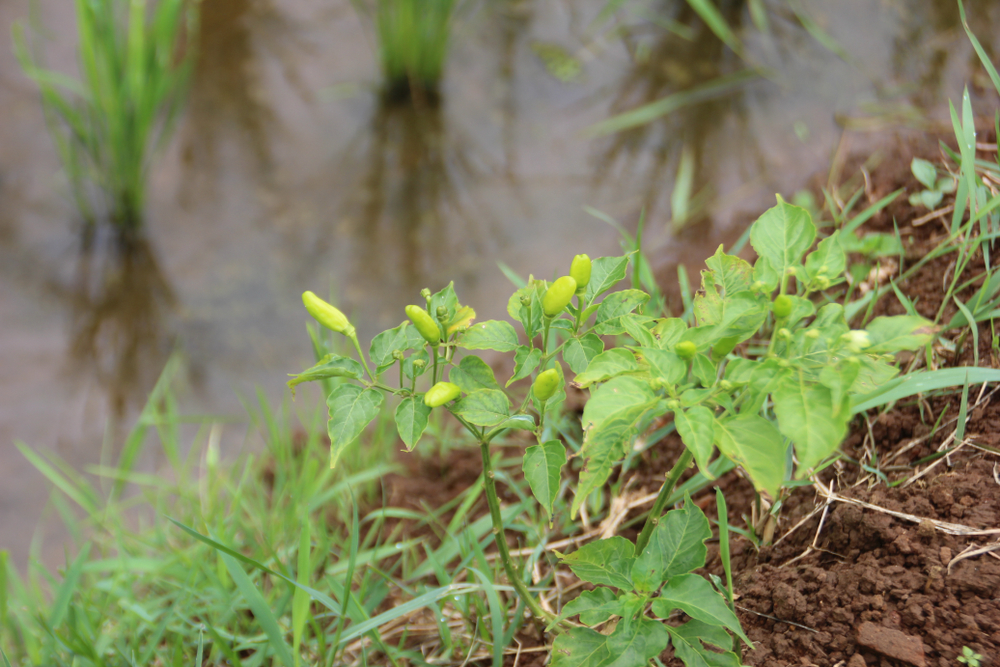
Applying mulch over weeds allows them to continue growing underneath and compete with your plants. Weeds can penetrate thin mulch layers, reducing its effectiveness. Removing weeds first ensures mulch works properly to suppress new growth. This step helps your garden stay neat and healthy.
Weed removal also prevents spreading seeds that cause more problems later. Preparing soil by clearing weeds improves water absorption and root growth. Mulching over clean beds saves time and effort in the long run. A well-prepared garden bed supports stronger plants.
Mixing Mulch Directly Into Garden Soil
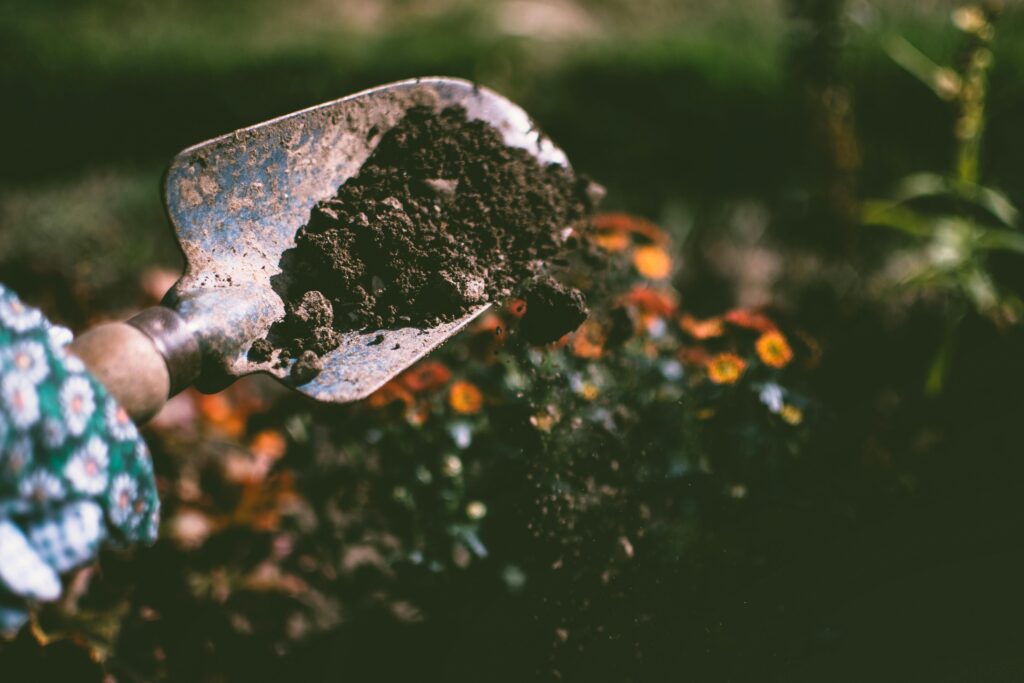
Mixing mulch into soil too deeply can disrupt soil structure and slow decomposition. Mulch is meant to sit on top of soil as a protective layer, not be mixed in. When mixed, mulch may rob soil of nitrogen during decomposition, which harms plants. Keeping mulch on the surface maintains its benefits.
Tilling mulch into soil occasionally can help with soil improvement, but it should be done carefully. Surface mulching helps retain moisture and control weeds without disturbing roots. Proper application encourages healthy microbial activity in soil. Mulch works best as a cover, not as a soil amendment.
Using Artificially Dyed Mulch
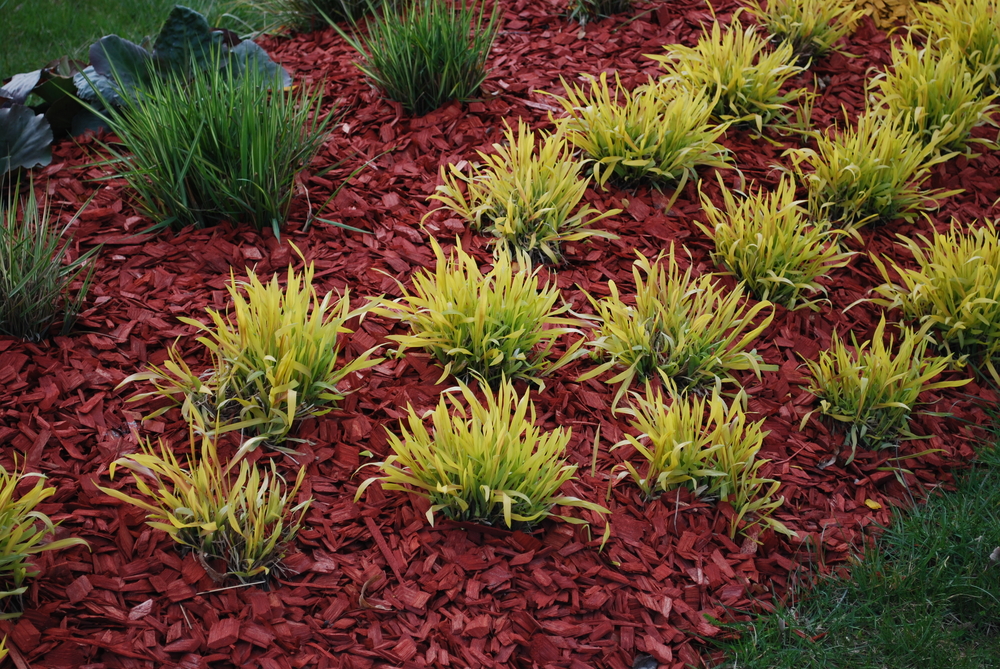
Dyed mulches may look attractive but often contain chemicals that can harm plants and soil life. The dyes used to color mulch are not always natural and may wash into the soil. These mulches may also fade quickly, requiring frequent replacement. Choosing natural-colored mulch is safer and more eco-friendly.
Natural mulches provide nutrients and improve soil health as they break down. If color is important, some organic mulches have naturally rich tones. Avoiding dyed mulch supports sustainable gardening practices. It is best to focus on mulch quality rather than just appearance.
Skipping Regular Mulch Maintenance
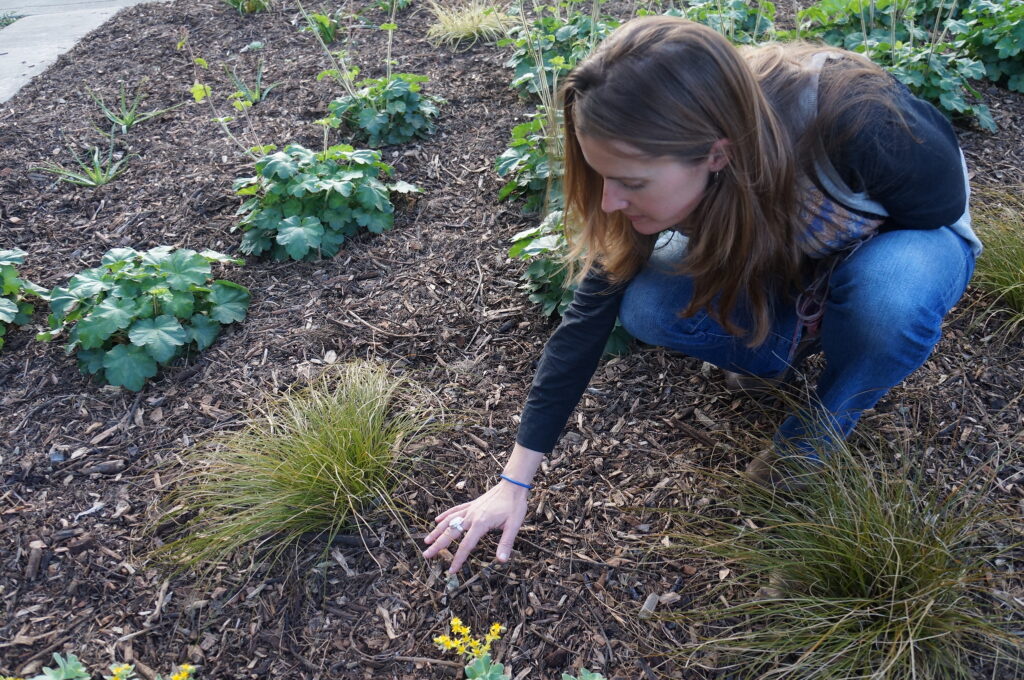
Mulch breaks down over time and loses its effectiveness if left unattended. Without maintenance, mulch layers can become thin or compacted, allowing weeds to grow. Regularly refreshing mulch keeps it looking good and performing well. It also helps maintain soil moisture and temperature control.
Removing old or moldy mulch prevents disease and pest problems. Fluffing and replenishing mulch helps air circulate through the soil. Routine care extends mulch life and supports healthy plants. A little upkeep goes a long way for garden health.
Applying Mulch Too Early in the Season
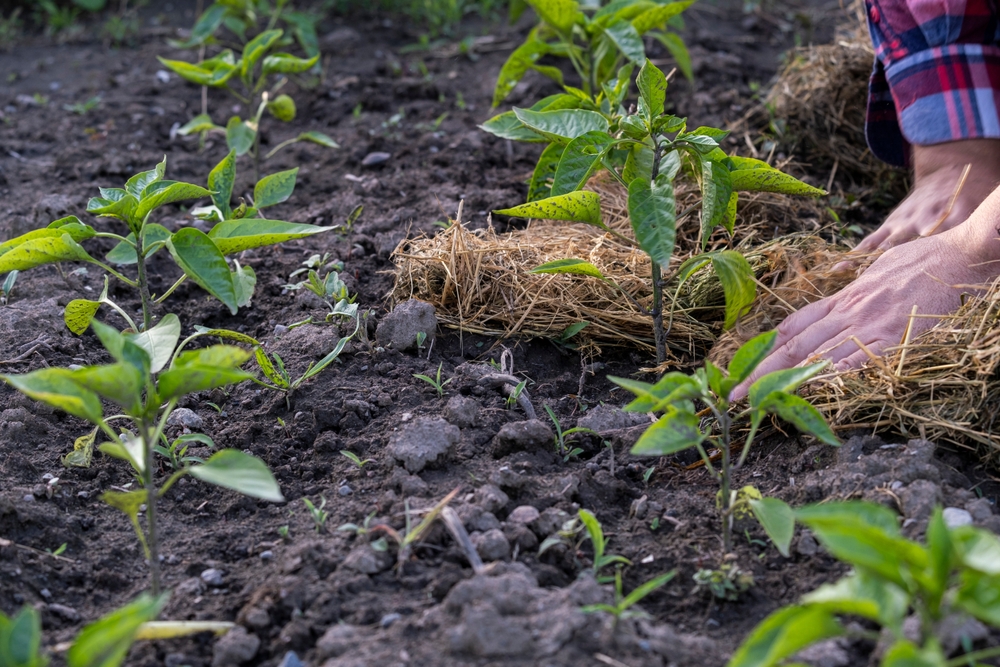
Mulching too early, especially before the soil warms, can slow plant growth and cause cold damage. Early mulch application traps cold air near roots and delays spring warming. It is better to wait until soil temperatures rise before adding mulch. Timing mulch application helps plants start the growing season well.
In colder climates, waiting until after the last frost reduces risks to plants. Early mulch may also encourage unwanted pests during winter. Applying mulch at the right time balances protection with plant needs. Proper timing improves garden success.
Using Old or Decomposed Mulch
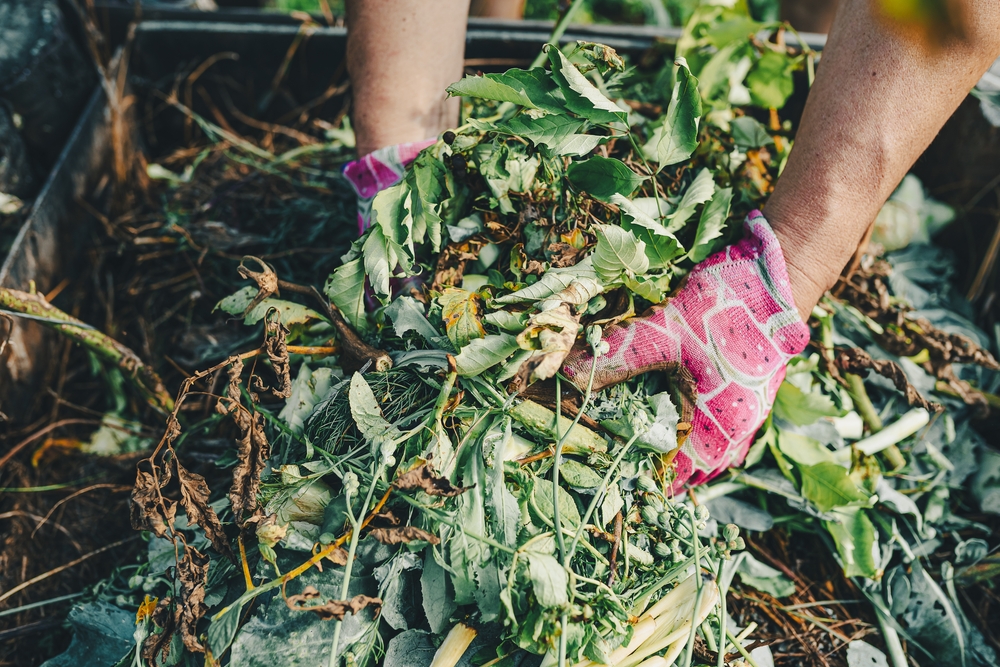
Old mulch that has decomposed too much loses its ability to control weeds and retain moisture. It may also harbor mold, pests, or disease-causing organisms. Replacing old mulch refreshes garden beds and maintains soil health. Fresh mulch improves both function and appearance.
Regularly checking mulch condition helps decide when to add more. Using new mulch supports plant growth and reduces maintenance work. Old mulch should be removed or mixed into compost if possible. Keeping mulch fresh is important for a thriving garden.
Mulching Every Part of the Garden Without Discretion
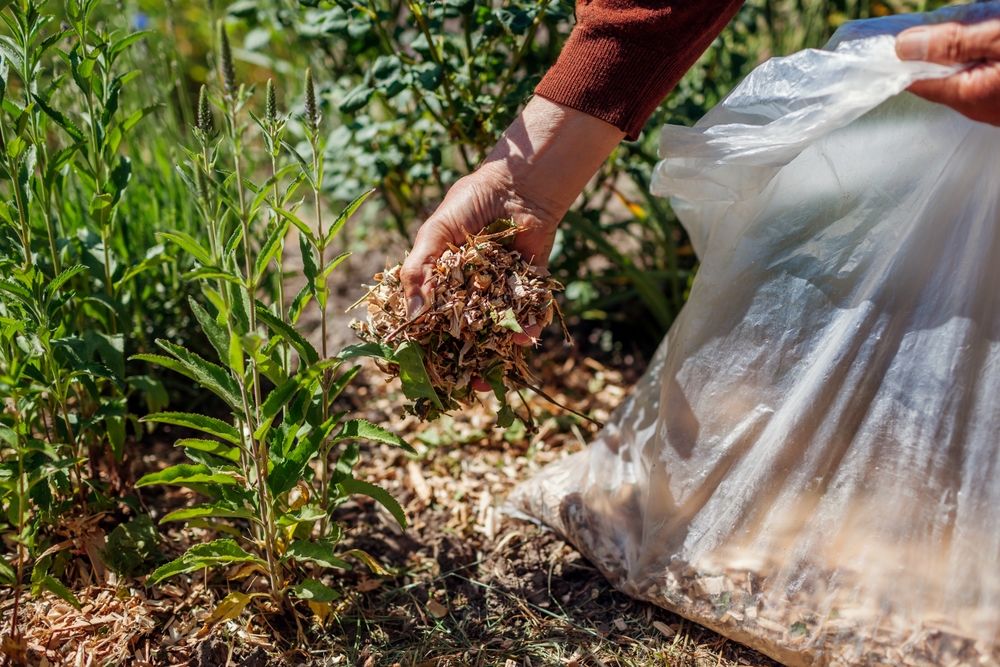
Mulching all areas without considering plant needs can harm some plants that prefer bare soil. Certain plants need space around their base to breathe and avoid moisture-related problems. Over-mulching can create issues such as root rot or fungal diseases. It is important to mulch selectively based on plant type.
Leaving some areas without mulch allows better air and water flow where needed. Understanding plant preferences helps prevent damage and supports healthy growth. Mulching thoughtfully balances protection with plant requirements. Avoiding blanket mulch application improves garden results.
Improper Watering After Mulching
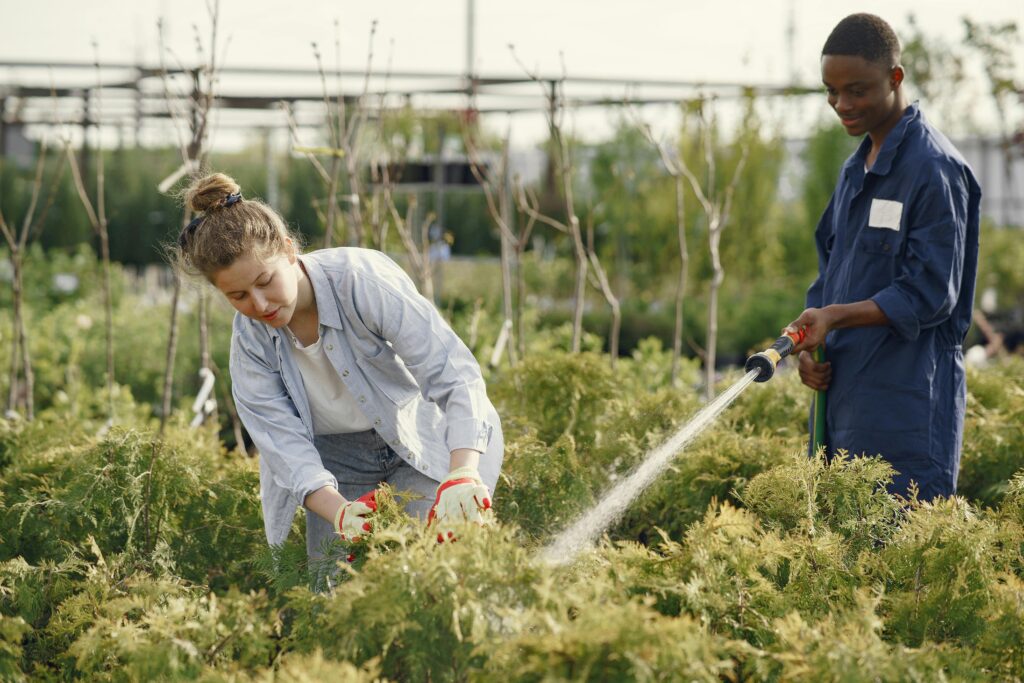
Mulch helps retain moisture, but improper watering can cause problems if plants do not get enough or get too much water. Watering deeply before and after mulching supports roots and prevents stress. Mulch reduces evaporation but does not replace the need for watering. Adjusting watering habits after mulching is important for plant health.
Overwatering with mulch can lead to waterlogged soil and root diseases. Underwatering leaves plants dry despite mulch presence. Checking soil moisture regularly helps maintain the right balance. Proper watering complements mulch benefits for stronger plants.
Overlooking the Visual Appeal of Mulch in Landscaping
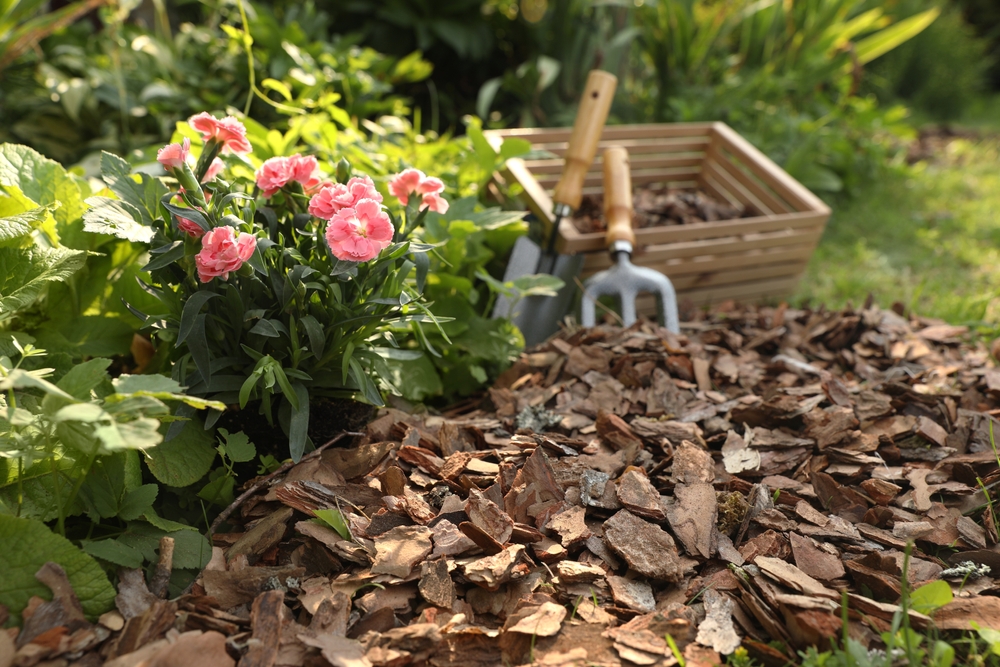
Mulch is not just functional but can enhance the look of your garden when chosen carefully. Different colors and textures of mulch create contrast and highlight plants. Neglecting mulch’s aesthetic role can miss opportunities to improve garden design. Using mulch to complement garden style adds value and interest.
Selecting mulch that fits your landscape theme helps create a polished appearance. Regular maintenance keeps mulch looking fresh and inviting. Mulch can tie together various garden elements for a cohesive look. Considering both form and function improves garden enjoyment.
Proper mulching plays a key role in maintaining a healthy and beautiful garden. Avoiding common mistakes helps your plants grow stronger and your soil stay protected. Taking time to apply mulch correctly will save effort and prevent problems later on. By paying attention to mulch care, you create a garden space that thrives year after year.
This article originally appeared on Avocadu.
